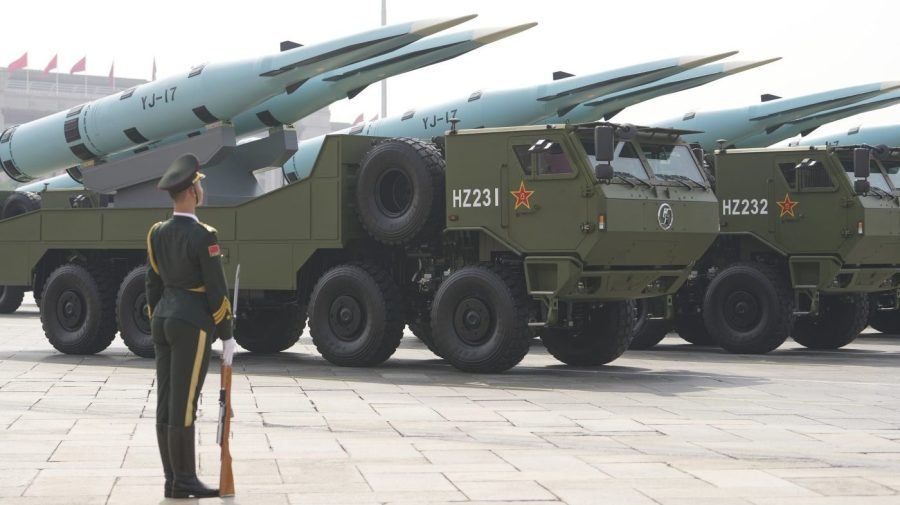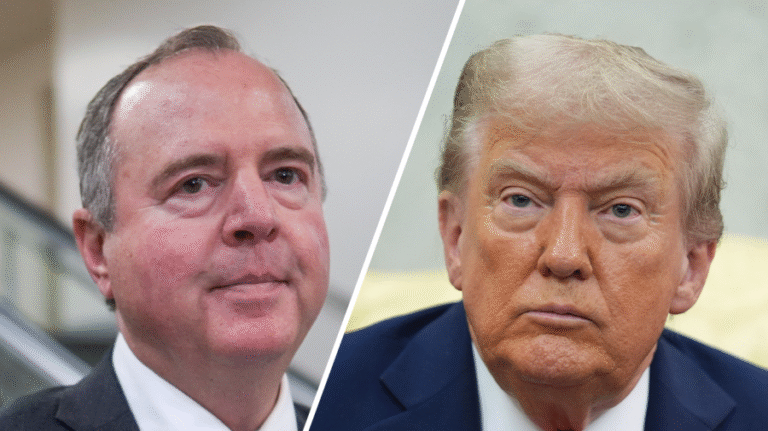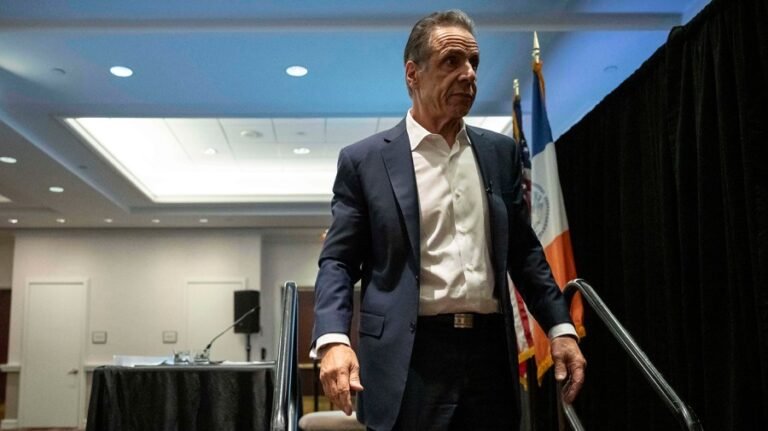
In an April 1976 interview, Gen. George S. Brown, then the chairman of the Joint Chiefs of Staff, sarcastically dismissed the British military, stating, “All they’ve got are generals, admirals and bands.” Less than a half-dozen years later, Britain’s victory over Argentina in the Falklands War demonstrated that the U.K.’s forces amounted to something rather more than just senior officers and marching bands, and for that matter, troops on parade and aircraft flyovers.
Yet Brown’s point about bands providing little evidence of military prowess has some validity, and the same is true of military parades.
Soviet Russia’s annual May Day parades were impressive enough, but they concealed the reality that the Red Army was far less capable than its displays appeared to indicate. Moscow’s continuing May Day parades likewise have masked its military’s shortcomings, as Russian performance in the Ukrainian War, especially during its earlier phases, has amply demonstrated.
The same might well be said of the massive Chinese military parade that just took place on the occasion of China’s 80th anniversary of the defeat of Japan and the end of World War II.
The parade was certainly impressive, featuring all three elements of China’s strategic nuclear triad, in addition to supersonic anti-ship and land-attack missiles. The J-35 stealth fighter, in public for the first time, flew over Tiananmen Square together with other fighters.
This doubtless had the desired effect on President Xi Jinping’s most prominent guests, Russian dictator Vladimir Putin and North Korean dictator Kim Jong Un. Moreover, Xi asserted that the Chinese people “are not afraid of violence and are self-reliant and strong.”
Yet, to draw indirectly upon Brown’s statement — despite his misplaced characterization of British capability — parades, like marching bands, do not necessarily indicate how troops will perform in a real conflict.
Apart from short-lived confrontations in the South China Sea, China has not been involved in an extended intensive military conflict for nearly a half century, when it invaded Vietnam in February 1979. The People’s Liberation Army suffered huge casualties and withdrew from Vietnam less than three weeks later. And just as the relatively untested Chinese forces encountered stiff resistance from the battle-hardened Vietnamese, in the event of a conflict with the U.S., China’s military would find itself confronting a significant core of American forces that have years of recent combat experience in Afghanistan, Iraq and the Red Sea.
If relative lack of experience would put Chinese forces at a disadvantage against American forces — and, for that matter, British forces, which fought alongside the U.S. in all three operations — so too would the nature of Chinese command and control.
Precisely because China is a top-down, authoritarian society, its officer corps is not conditioned for tactical flexibility. Instead, Chinese commanders would more likely refer back to their own leaders as tactical circumstances change. Again, the U.S. military benefits from a distinct advantage, since even its junior officers are trained to make difficult choices in an ever-changing tactical environment.
Given China’s technological advances, and its massive military industrial output, however, the advantages that result from the experience and training of American military personnel would be wasted if cost growth and schedule delays were to keep plaguing Department of Defense programs. American force levels continue to shrink, and high technology cannot fully compensate for that shrinkage.
Recent directives from Secretary of Defense Pete Hegseth and Steve Feinberg, his deputy, attempt to address both of these decades-old challenges by streamlining the requirements process and shortcutting the so-called “valley of death” in acquisition programs. Whether these directives will actually yield the results that the Pentagon leadership seeks is far from guaranteed, however. All too often, senior Pentagon bureaucrats will salute smartly in response to any directive they receive and then continue to carry on as before, waiting for changes at the top and a new set of instructions that they anticipate would accompany those changes. Moreover, there is a culture of risk-aversion that has long plagued the Pentagon and will not be easily overcome.
Only with sustained, unchanging and direct multi-year supervision and oversight — not only from the secretary and the deputy, but crucially also from their future successors — can real change in the nature of U.S. defense acquisition actually come about. Without such systemic change, America could well find itself at a disadvantage in any military confrontation with China that might take place over the next several years, however capable U.S. fighting forces might actually be.
Dov S. Zakheim is a senior adviser at the Center for Strategic and International Studies and vice chairman of the board for the Foreign Policy Research Institute. He was undersecretary of Defense (comptroller) and chief financial officer for the Department of Defense from 2001 to 2004 and a deputy undersecretary of Defense from 1985 to 1987.


